Latin name: Callisia
Category: perennial herbaceous plant
Origin: Central and South America, Mexico
Popular collision
Collision belongs to shade-loving species. When growing at home, it grows at an average pace, observing competent care. The flower looks like this:
- Bush with shoots half a meter long with quality care;
- Leaves have the form of a lanceolate corner top;
- The color of the leaves depending on the species: green, multicolor, having white stripes from the outside, and scarlet underneath.
Collision is a creeping herbaceous perennial popular among flower growers. The plant grows voluminously with winding creeping stems, white small flowers. The name collision in Greek means beauty. The leaves of a flower grow opposite each other, out of turn. The collision is similar to some types of epipremnum, tradescantia.
Collision, which first appeared in the territories – Central and South America, Mexico, is considered its homeland. Collision is also called homemade ginseng, Venus hair, Golden mustache, living hair, Collision graceful, corn, wicker plant, spider plant, basket flower. Collision is an amazing flower that can be found in apartments and offices.
The collision grows slowly, but despite this, its shoots sometimes grow up to two meters, having a large branching. Their purpose and use for vegetative propagation. Due to good lighting, the second type of plants have fleshy leaves growing side by side, very reminiscent of young corn in their appearance, therefore they are also called corn.
If you break the leaf, you can see the stretching hairs, in connection with this quality, the plant is called living hair or venus hair. His flowers are small, white, as is typical of his family, the color is not showy. The golden mustache has an amazing ability to purify the air from heavy metals.
The leaves of the plant contain beta-sitosterol, a compound that is used in medical practice to help treat cancer, as well as help treat diseases of the heart and circulatory system.
The plant looks sophisticated compared to other potted flowers, so it deserves to be fully explored.
Types of collision
In nature, there are twelve types of collision, but four are considered more popular, which are grown at home. Let's take a closer look at each type.
Callisia elegans or graceful
 Collision elegant-shrub with long shoots up to half a meter. At the beginning of flower growth, the stems are vertical, but in the further development it becomes creeping. The collision grows no more than 40 cm, has a soft short pile. The leaves grow with a sharp end, the top is green, but the bottom of the leaves is purple. The length of the leaves is approximately 5-6 cm. The collision blooms with small white flowers. At the age of 2 years, the plant has fading of the leaves. To avoid this, vegetative propagation is used.
Collision elegant-shrub with long shoots up to half a meter. At the beginning of flower growth, the stems are vertical, but in the further development it becomes creeping. The collision grows no more than 40 cm, has a soft short pile. The leaves grow with a sharp end, the top is green, but the bottom of the leaves is purple. The length of the leaves is approximately 5-6 cm. The collision blooms with small white flowers. At the age of 2 years, the plant has fading of the leaves. To avoid this, vegetative propagation is used.
Callisia navicularis
 Collision-succulent with elongated concave leaves growing in two rows. The upper part of the leaf is green, the lower part is purple. The leaves are 2 cm long and 1.5 cm wide. Flowers have a developed root system.
Collision-succulent with elongated concave leaves growing in two rows. The upper part of the leaf is green, the lower part is purple. The leaves are 2 cm long and 1.5 cm wide. Flowers have a developed root system.
Creeping collision (Callisia repens)
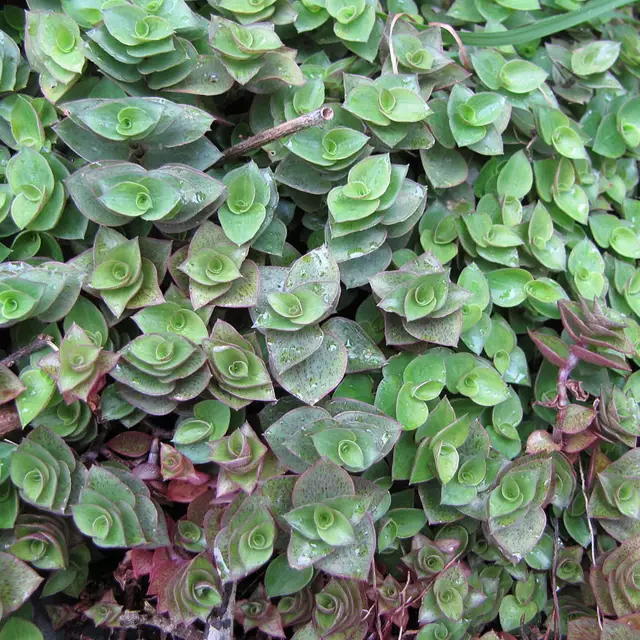 Creeping collision grows as a fluffy bush, 25cm tall. Purple stems. The leaf plates are green with purple spots, resemble a heart, two-row. The flowers of the collision are small, white. It can grow at home and on the street, in the garden in the flower beds.
Creeping collision grows as a fluffy bush, 25cm tall. Purple stems. The leaf plates are green with purple spots, resemble a heart, two-row. The flowers of the collision are small, white. It can grow at home and on the street, in the garden in the flower beds.
Callisia fragrans
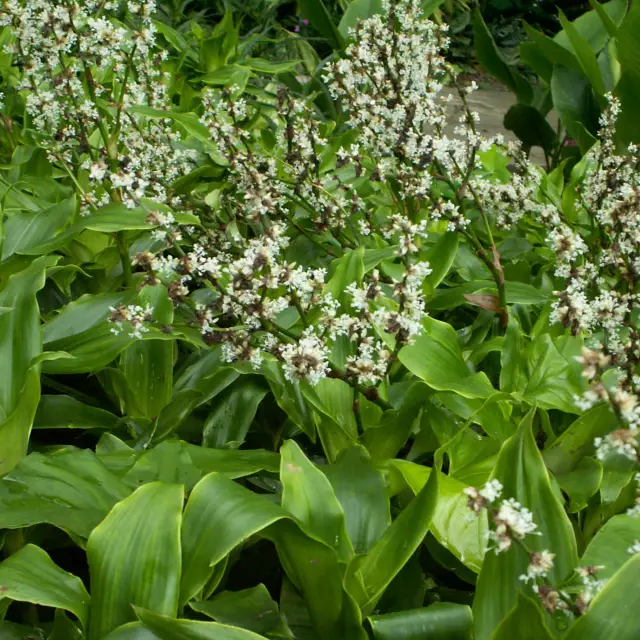 A fragrant collision is a well-known flower, popularly called corn, golden mustache, spikelet, indoor ginseng. The plant has two types of shoots. There are upright shoots, dense, up to two meters high, the leaves resemble corn ones, 20-30 cm long and 5-6 cm wide, there are also transverse ones with undeveloped, thickened leaves. The trunk contains cranked mustache shoots, with rosettes at the end. Collision propagates thanks to sockets. The flowers are small and fragrant, hanging on inflorescences.
A fragrant collision is a well-known flower, popularly called corn, golden mustache, spikelet, indoor ginseng. The plant has two types of shoots. There are upright shoots, dense, up to two meters high, the leaves resemble corn ones, 20-30 cm long and 5-6 cm wide, there are also transverse ones with undeveloped, thickened leaves. The trunk contains cranked mustache shoots, with rosettes at the end. Collision propagates thanks to sockets. The flowers are small and fragrant, hanging on inflorescences.
Home care
Collisions A prerequisite for good growth is clean air.
Harmful particles present in the room contribute to the deterioration of the plant.
Light
Collisions need blurry light, pots should be shaded or removed from windowsills from the scorching sun. The plant is not suitable for a location where there is various types of pollution, particles of evaporation, smoke. Collision likes to be in the fresh air, in connection with this, the room where the plant is located is often ventilated, but it should be protected from drafts.
Temperature
In spring and summer, the temperature regime should be kept within 20-24 degrees, and from autumn to winter 16-18 degrees. But when the degrees are higher, the flower will turn yellow and the top will stretch.
Watering
When it is warm outside, a houseplant should be watered if the top of the substrate dries out. In the cold, the collision rarely needs to be watered, it is necessary that the third part of the substrate dry out. When watering, do not allow water to enter the central part of the outlet in order to prevent the plant from rotting.
If it is very hot outside, you should periodically spray the plant with water, and also in winter it is necessary to spray water if heaters are connected, because then the air is very dry.
You should not use the irrigation watering method, because water will accumulate in the rosettes of leaves. As a result, the collision will begin to rot.
Top dressing
Top dressing is carried out with the help of a complex mineral fertilizer, starting in April, ending in October, twice a month. Starting from November and ending in March, it is not necessary to fertilize the collision.
Transfer
Adult plants need to be transplanted once every 2-3 years, but young plants need a transplant every year. In the event of a collision transplant, a pot is needed that is larger in width than the previous one, by about 2 cm. The fourth part must be filled with expanded clay, and then with earth. To properly transplant a collision, sand, leafy soil, turf and humus should be taken in equal parts. Fill the empty spaces in the pot with earth, and then plant the plant and water it.
Reproduction
The indoor plant is propagated by cuttings, rosettes or root division, the best time is spring. The cuttings are cut from the top of the plant, about 8 cm long, the lower leaves must be cut off by 2/3 of the height. The cutting is taken with 3-4 knots. The cut stalk is placed in water and left until the roots appear. To form a lush, beautiful flower, you need to plant enough cuttings in one pot.
Pests and diseases
The collision is resistant to various diseases. But if, nevertheless, the plant was overtaken by a disease, then it arose due to a violation of the rules of home care. With rare watering and insufficient spraying in the warm season, the collision grows more slowly and the leaves dry up. Conversely, with excessive watering or stagnant water, the plant rots. In such a situation, the roots and stems should be removed, and the cut should be smeared with crushed coal, the earth should be disinfected with a weak solution of manganese.
If the room has dry and warm air and no spraying is done, a spider mite appears. The pest of the collision is still aphid, a solution of soapy water, which is used to treat the plant, will help get rid of this problem.
Difficult Growing Moments:
- Collision does not grow well – is in a draft or polluted air.
- The leaves of the plant turn yellow – high air temperature in the room.
- The flower rots – watering by irrigation.
- Collision stops growing – for her a small pot.
- The plant has an unattractive appearance – a small number of cuttings during reproduction.
Proper care results in a beautiful and useful houseplant.
In the event that it is not possible to cope with the above methods, phytoinsecticide substances are used.
There is such an expression, in the event that a collision has blossomed, there is no negative energy in the room. All types of collisions are diverse and beautiful, and will be a wonderful decoration for apartments and office rooms. Good luck in growing a beautiful plant.




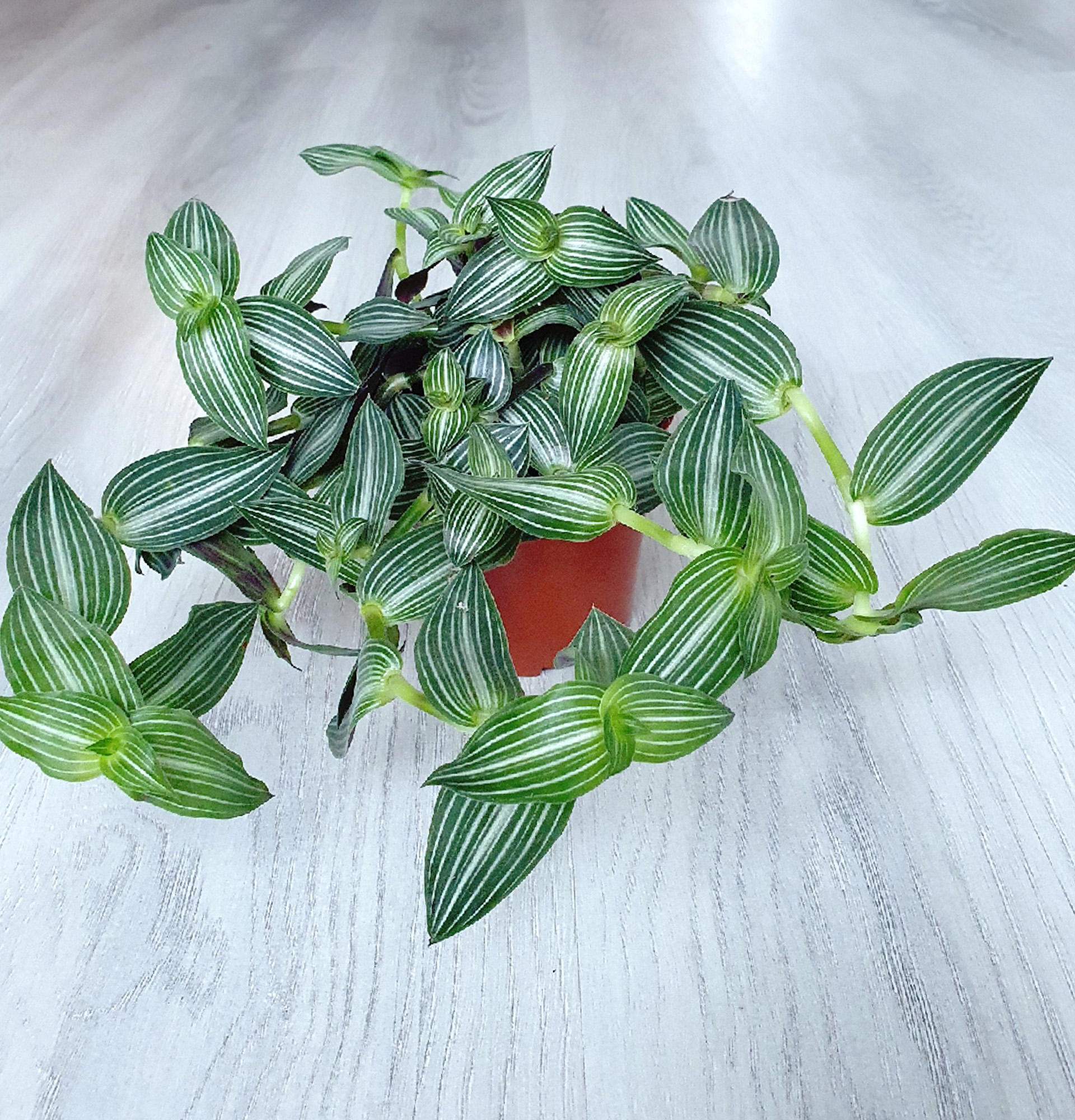










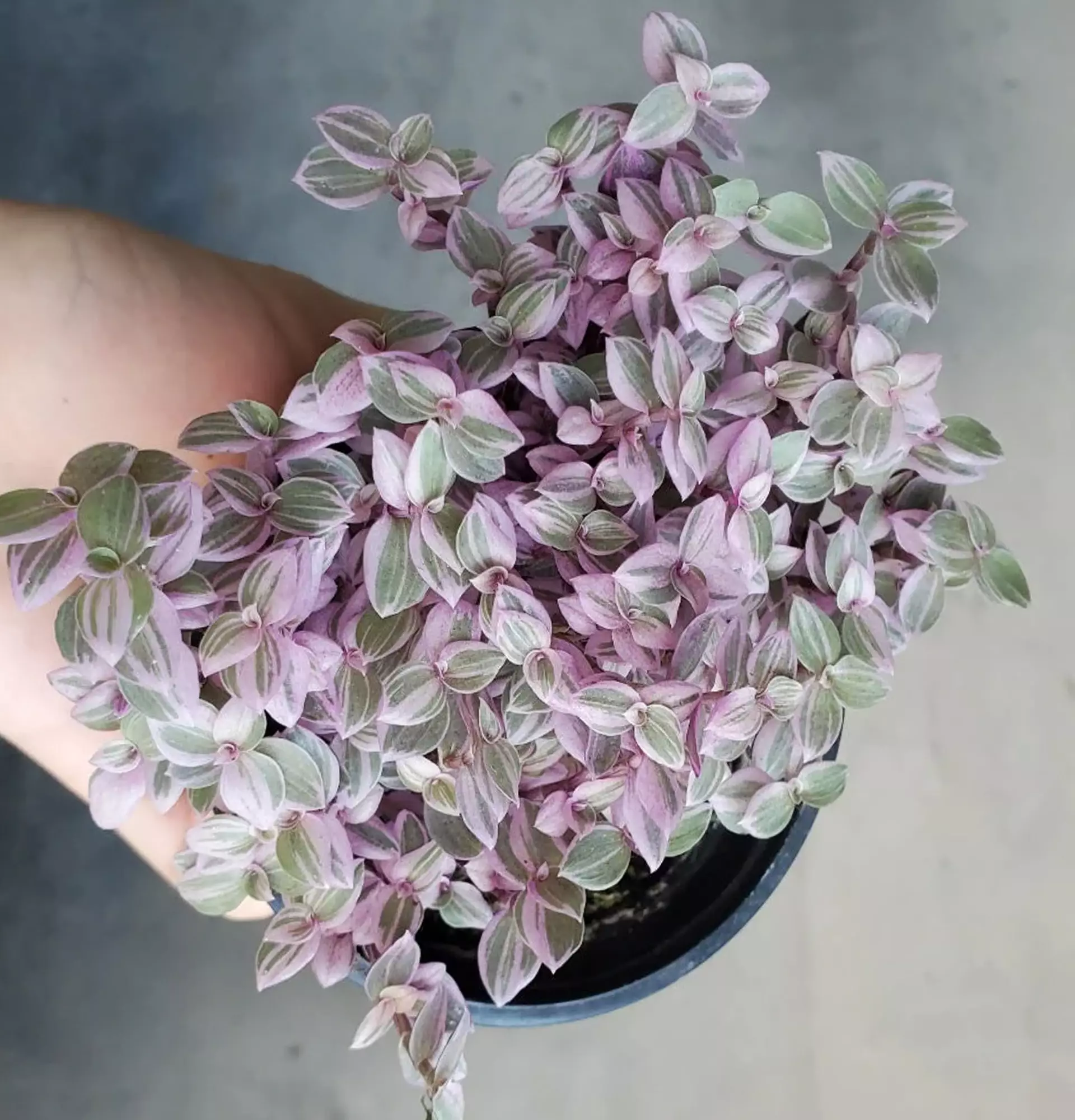
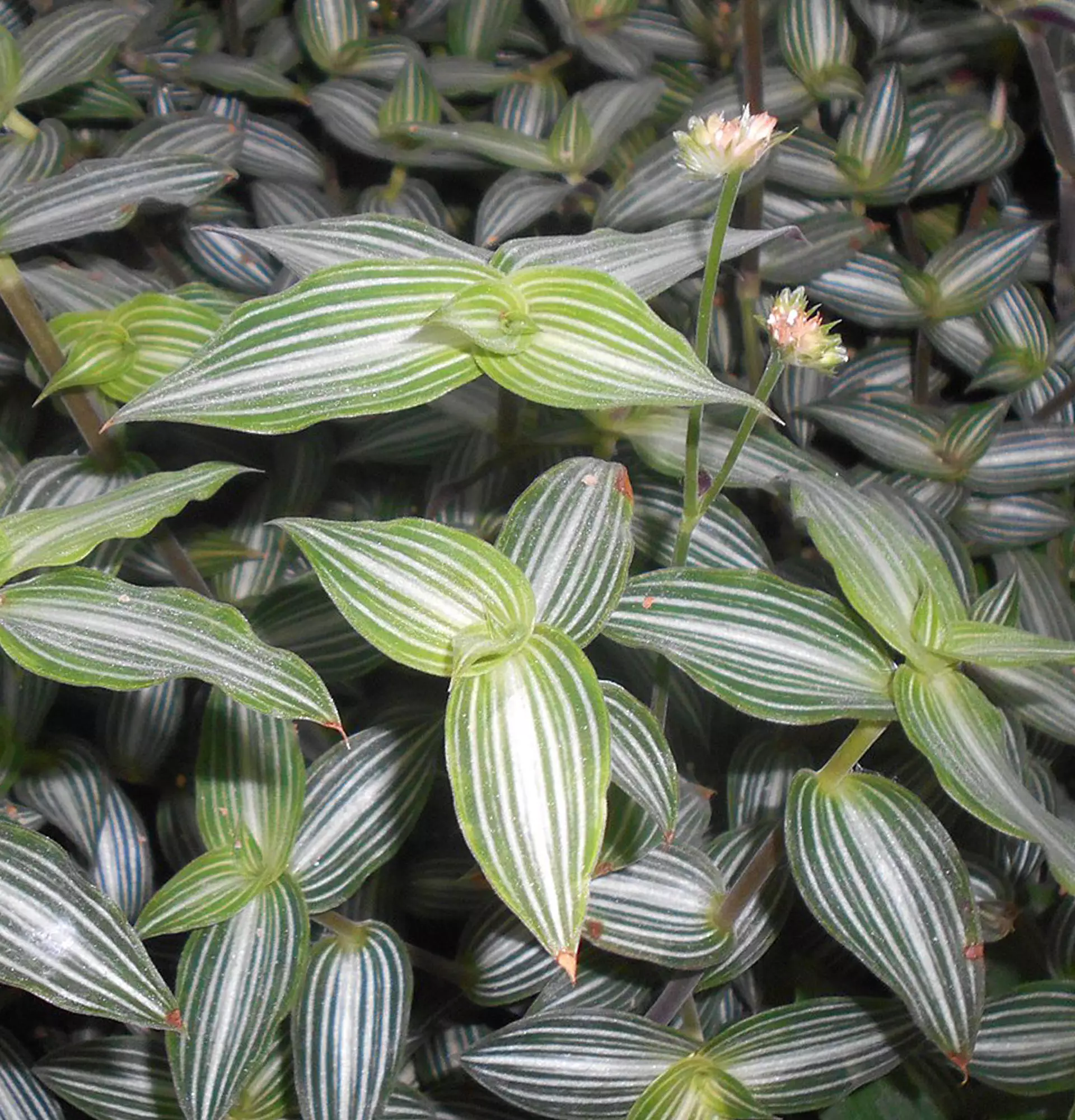
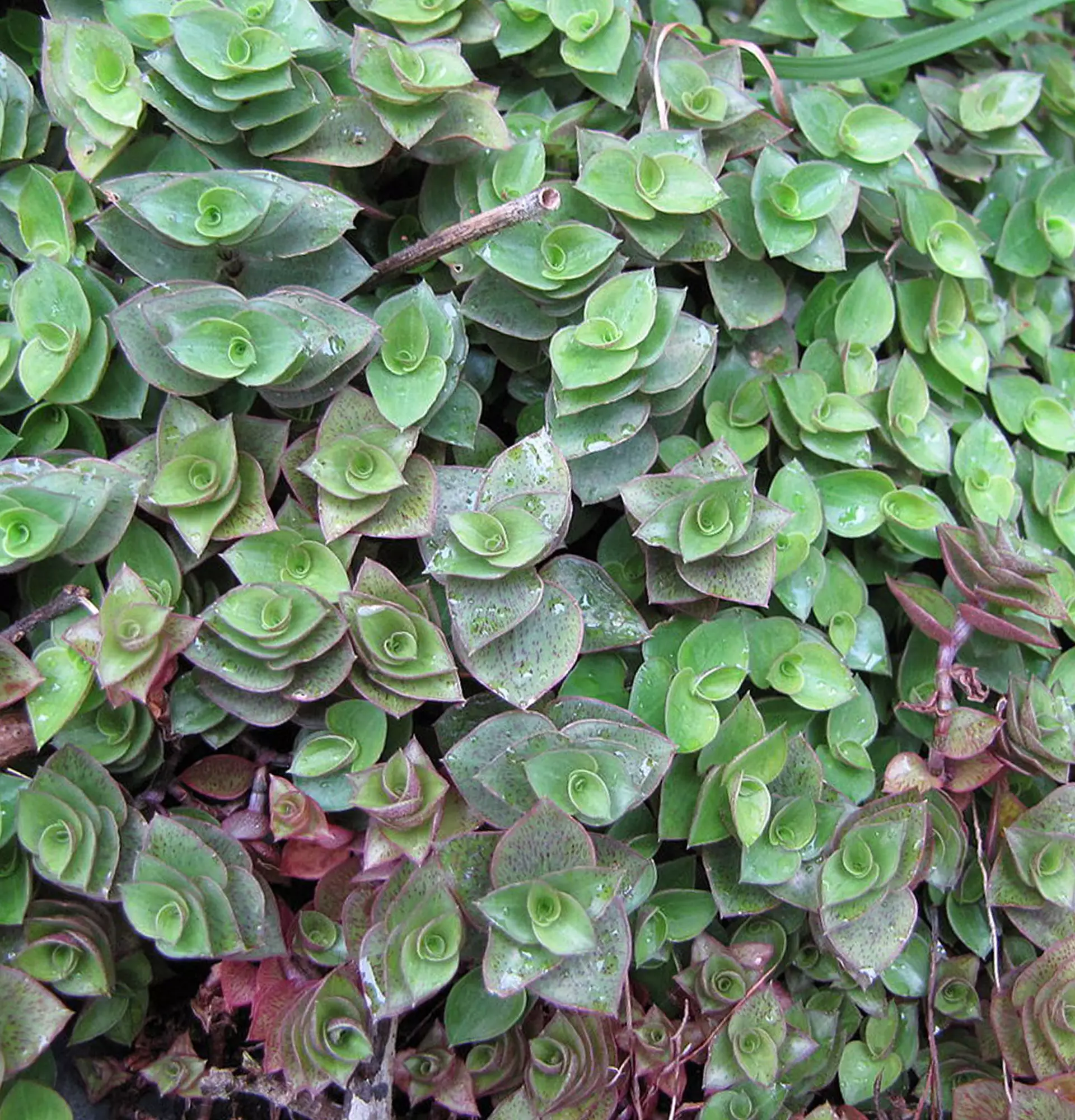
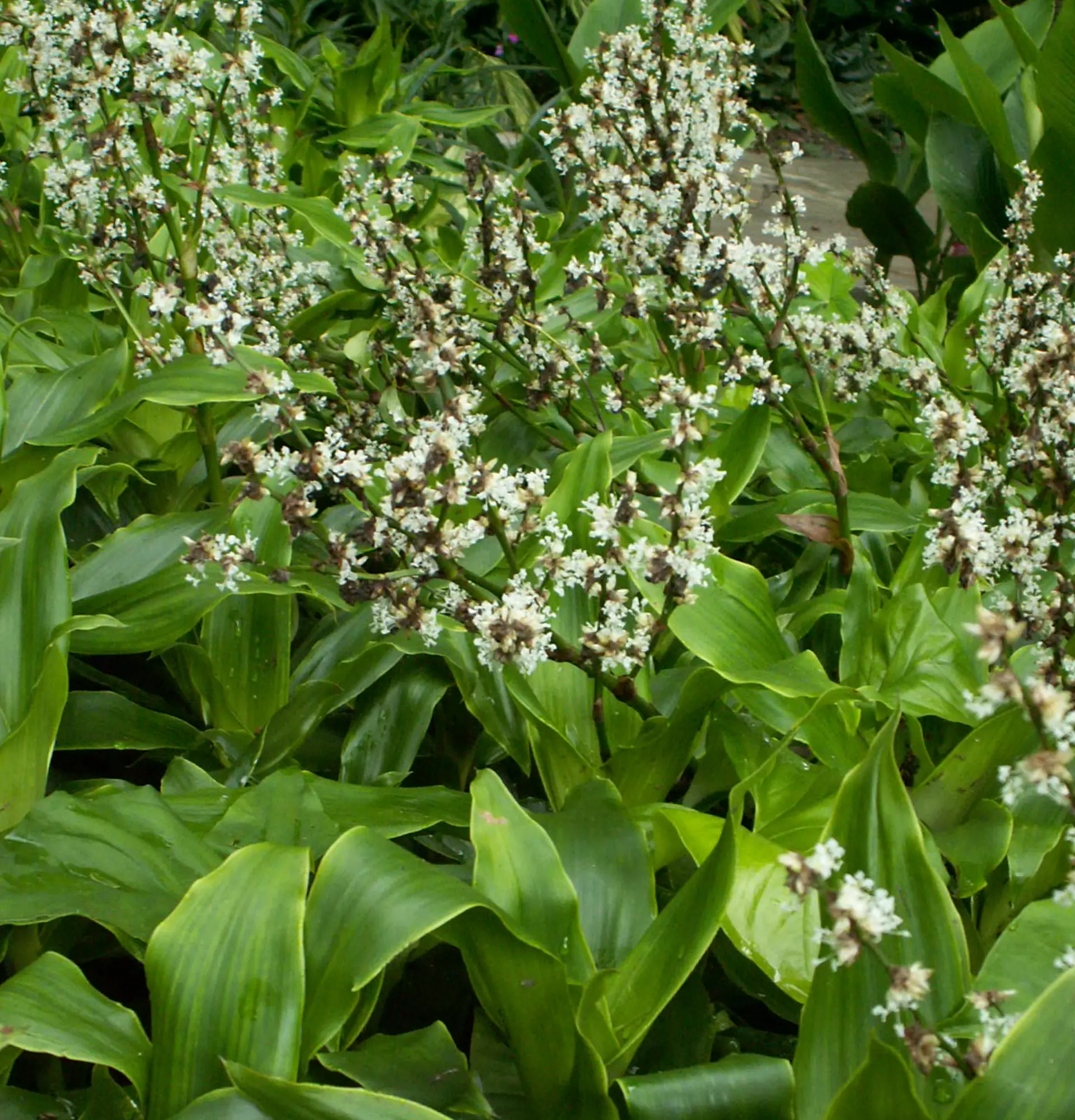
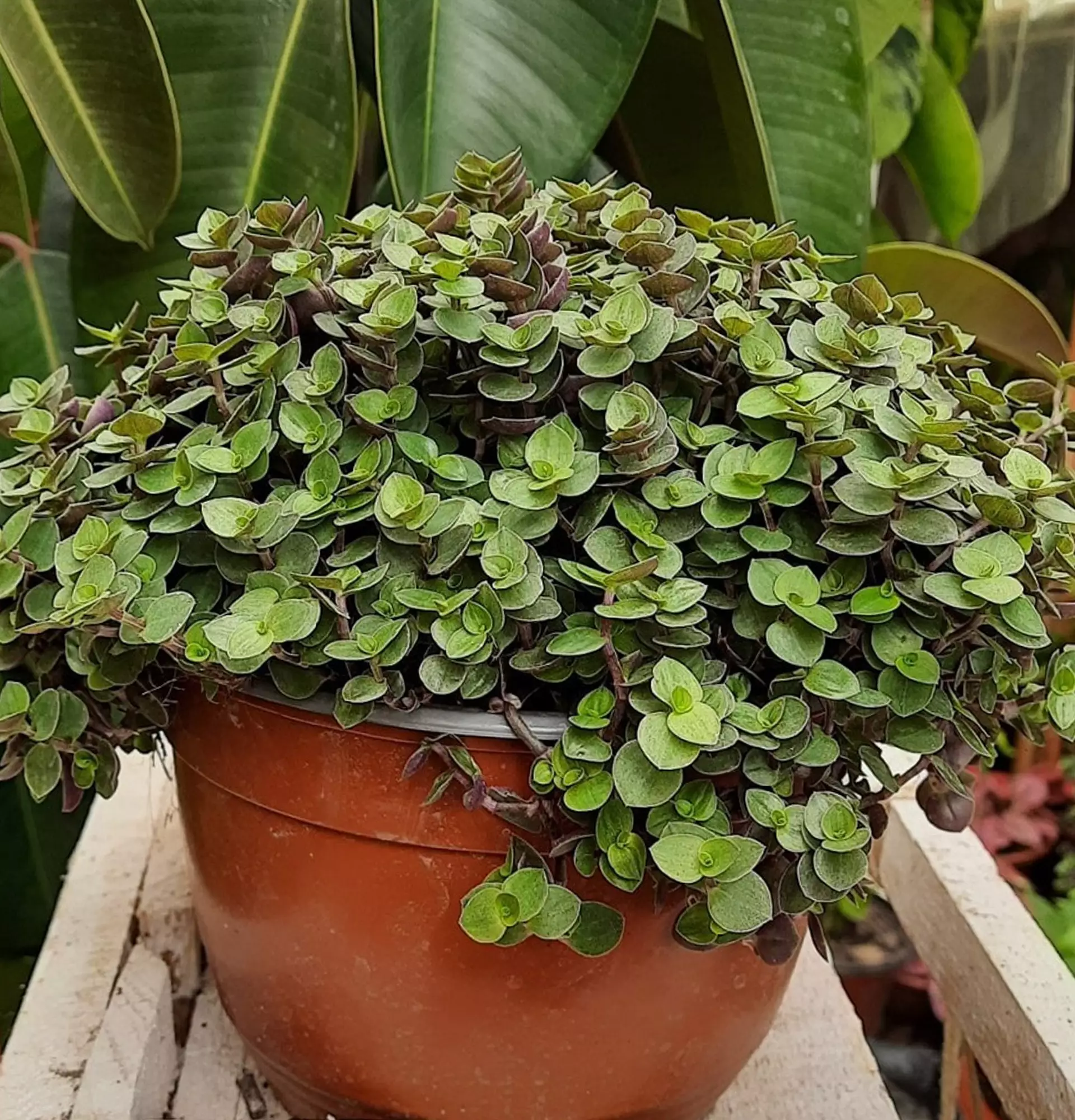
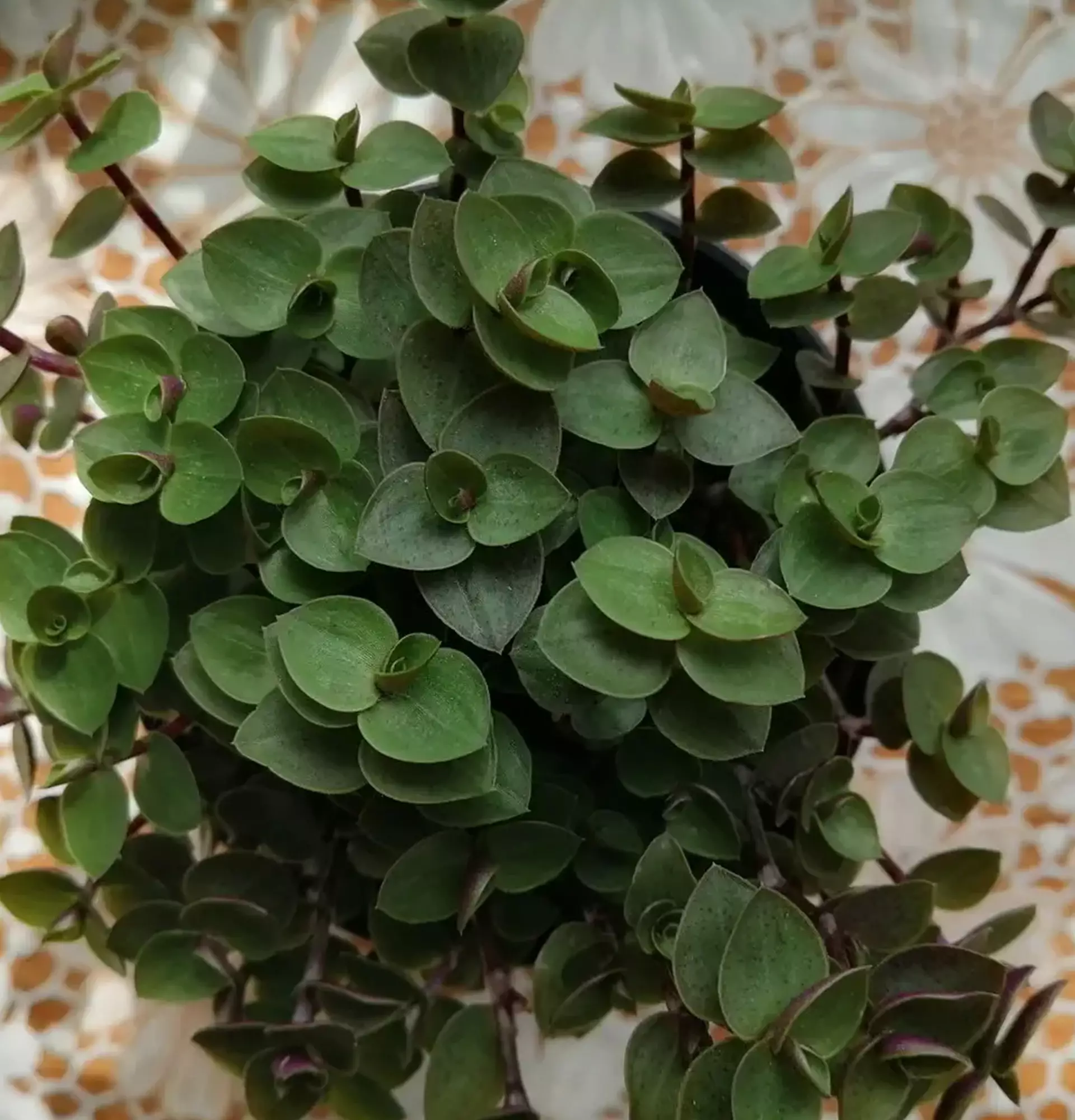
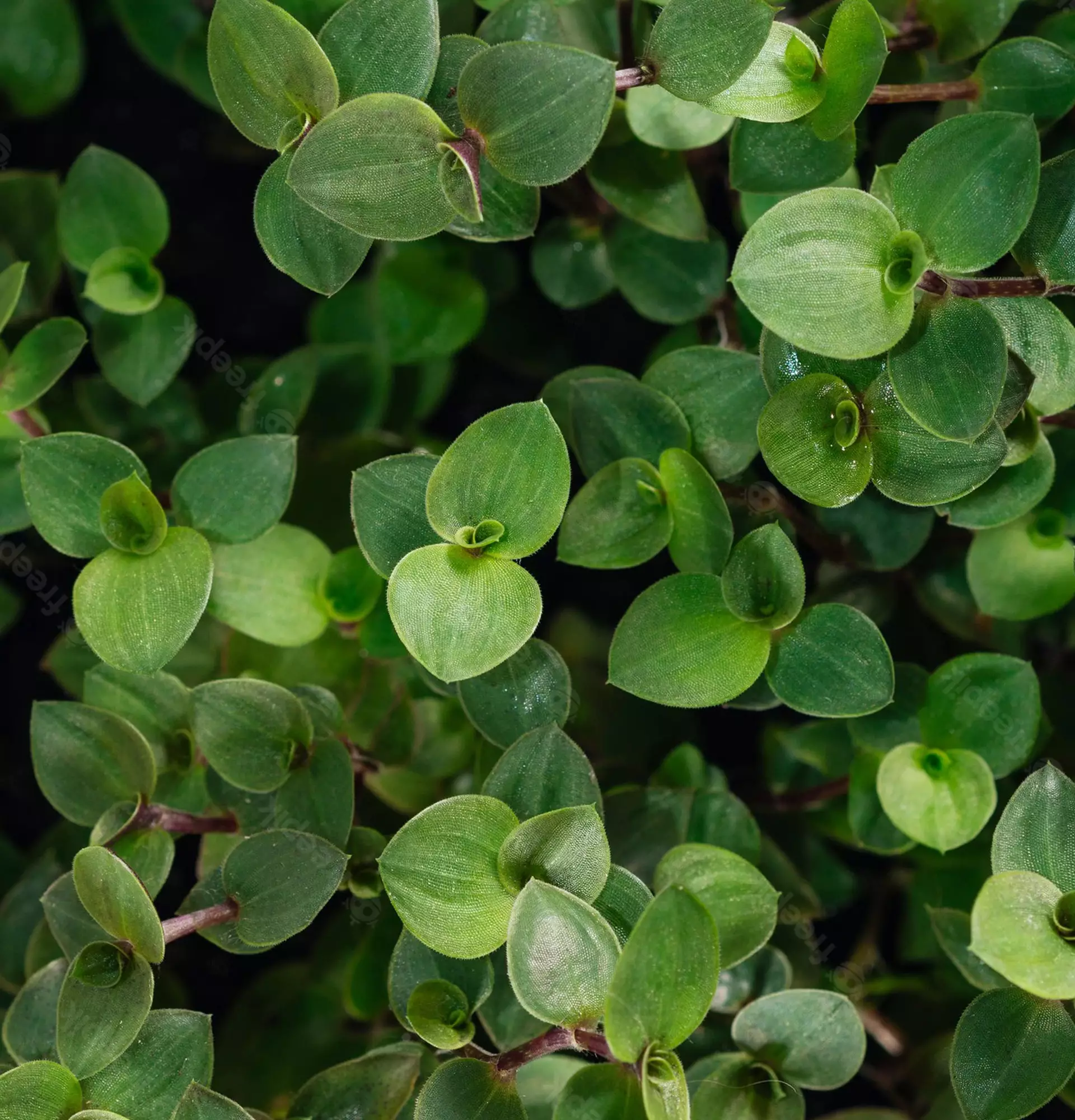



Write comments
Comments